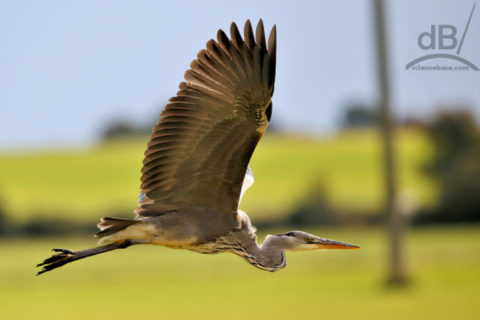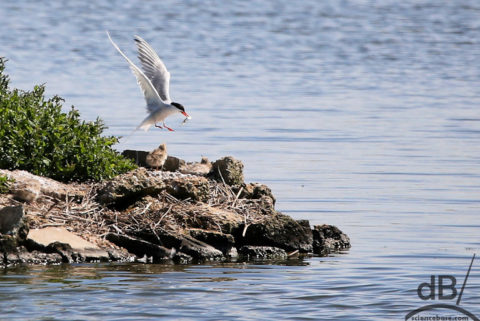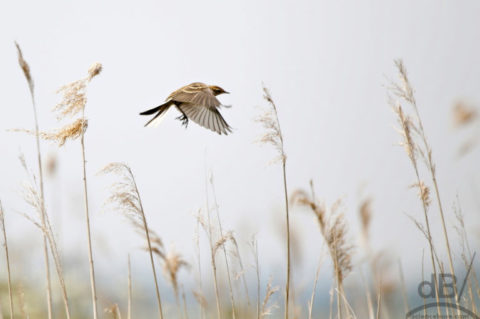Unless, you have been avoiding me this year, you will know I have been photographing a lot of birds. Well over 130 native and migrant species in the UK so far. I am stockpiling the best photos for my forthcoming book: “Chasing Wild Geese“.
One thing that everyone but the most experienced photographers struggle with is catching a crisp photo of a bird in flight, specifically as it takes off from a perch. I have managed it once or twice, but the issue tends to be that you need a short shutter speed to catch the action. Unfortunately, that then either means that your depth of field is very short (so focus is in the plane at a given distance rather than spread from near to far, therefore only a point on the bird will be sharp. Or, if you manage to get the f-stop number higher, then the ISO will need to be higher too to allow enough light in to properly expose the shot, which means more sensitivity of your sensor and more noise.

Depending on your lens you’re not going to get good depth of field with a fast shutter speed unless the ISO is really high, but you can try and push it and put up with ISO noise or balance. My Sigma 150-600 on my Canon 6D at full extent will give me 1/1250s with f/9 but the ISO will be into the several thousand if I am lurking among trees trying to photograph goldcrests or treecreepers for instance or well up even out in the open on a sunny day. Shutterspeeds shorter than 1/2000s will freeze wing movements of small birds.

You have to be ready and steady, focused on the bird’s eye, with the bird perched and have the camera in burst mode. Hold the camera in landscape mode and have your frame with the bird to one side so there’s space for it to fly into in the frame. (Select a focus point in your viewfinder to the side and have that over the bird’s eye when you focus). Push the button as soon as the bird flutters (it might be a false alarm, reset your stance) but keep the shutter depressed while it takes flight. You can get some great shots. I don’t think I’ve achieved greatness yet, but I am trying! Another tip I’ve learned fairly recently – use the back focusing button with your thumb, this looks you on, and frees you up to be trigger happy at the right time with shutter release. Speaking of which, sharper is as sharper does – tripod and remote shutter control, might improve your outcome but make it harder to track and focus birds that are already in flight.
